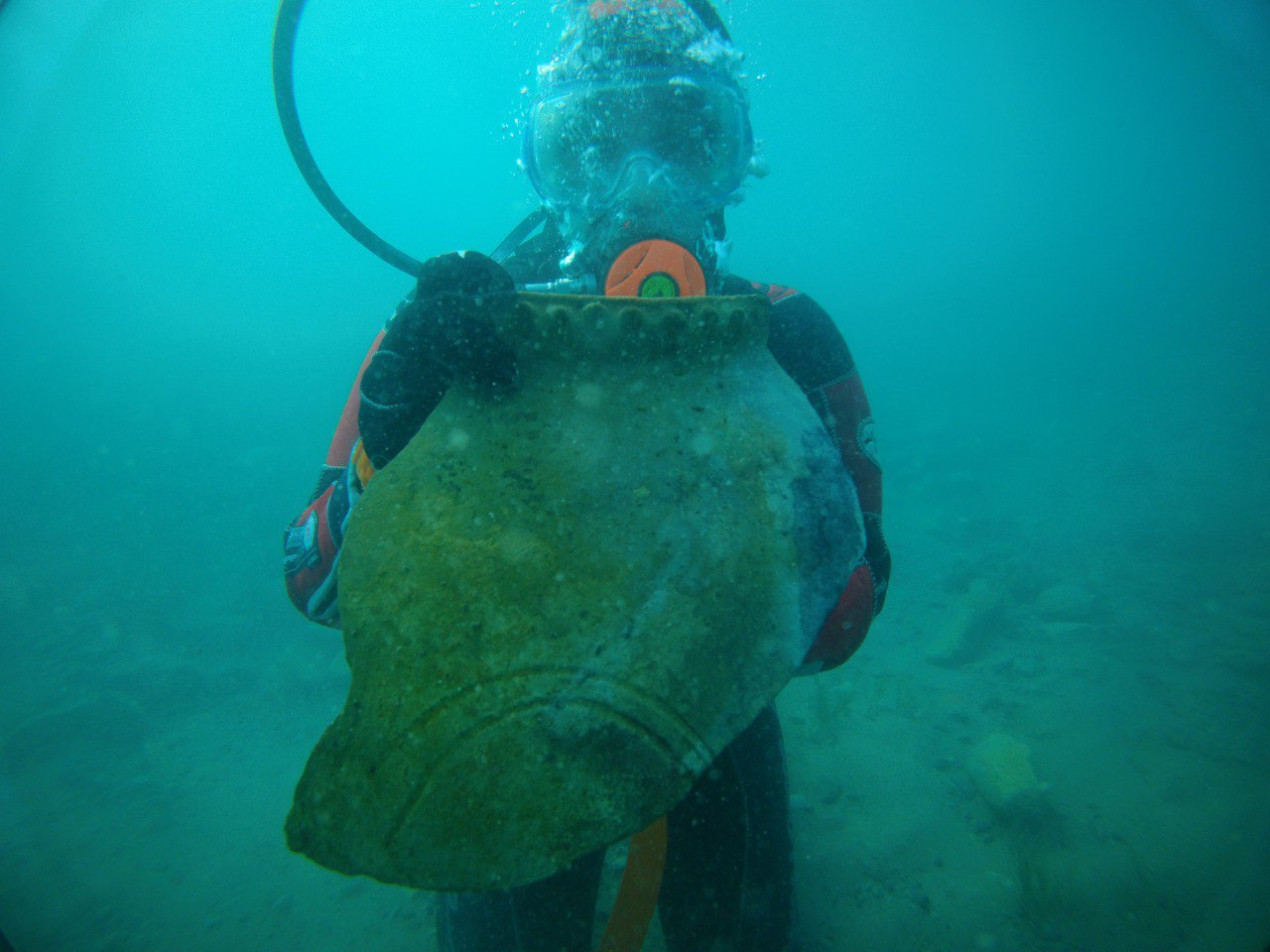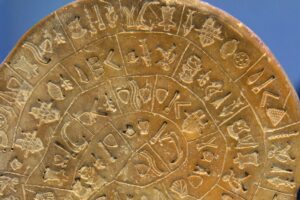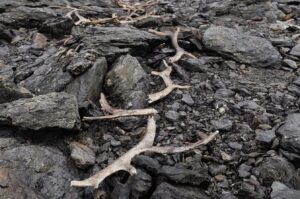At the bottom of a lake in Kyrgyzstan lie the ruins of a former trading hub along the Silk Road. Its remnants have lain undisturbed for 500 years, after a massive earthquake submerged it. Now, a joint team of Kyrgyz and Russian archaeologists has begun excavations under the lake. They discovered numerous buildings, fragments of pottery, and a vast funerary complex.
Lake Issyk-Kul lies in northeastern Kyrgyzstan, near the Kazakhstan border and on the edge of the Tien Shan Mountains. At 182km long and up to 60km wide, it is larger than many countries. Its salty waters prevent it from freezing over even in the cold mountain winters. They also hide the remnants of the medieval town of Toru-Aygyr. Like other settlements around Lake Issyk-Kul, Toru-Aygyr thrived off trade and travel.
The region was so connected in the high Middle Ages, in fact, that the bubonic plague outbreak known as the Black Death may have begun somewhere along the shores of Issyk-Kul. In the mid-1300s, the Black Death killed two out of every three residents of Europe.
A century after the first bubonic plague cases showed up around Issyk-Kul, an earthquake submerged Toru-Aygyr. It remained there for the next 600 years.
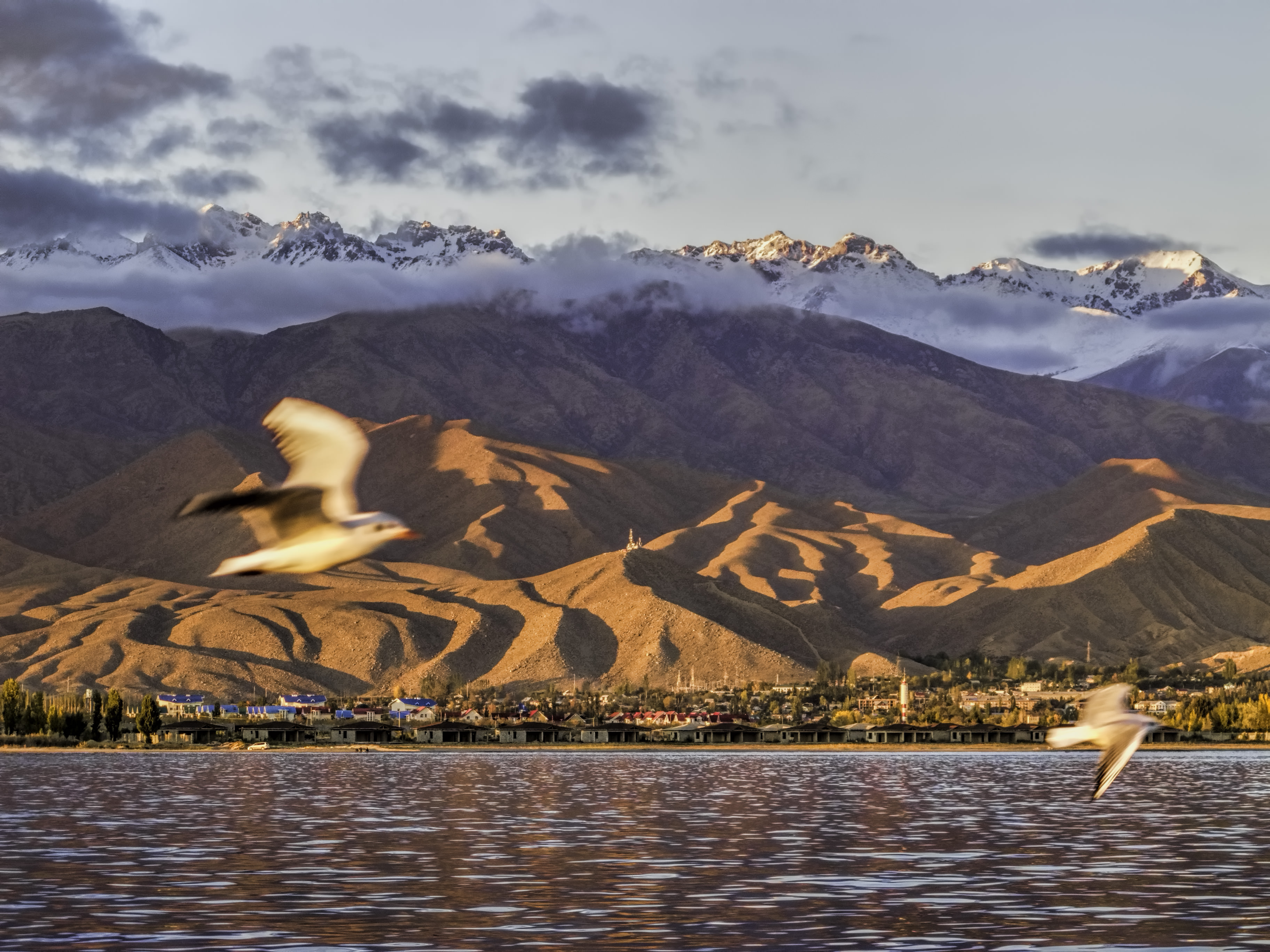
Lake Issyk-Kul is the 2nd largest saline lake in the world. Photo: Wikimedia Commons
An underwater necropolis
This week, the Russian Geographic Society announced its first discoveries at the Toru-Aygyr site. Perhaps the most enigmatic of them is a 60,000-square-meter necropolis, dated to the 13th through 14th centuries. All the skeletons in the necropolis lie facing north towards the Kaaba in Mecca, in alignment with Muslim burial practice.
The necropolis is degrading rapidly, prompting swift excavation. This diving season, the team recovered two skeletons, one female and one male. Forensic results have yet to be released.
Fourteenth-century skeletons from Toru-Aygyr will be of particular interest, since bodies from two other cemeteries near Issyk-Kul show bubonic plague in their DNA. Their tombstones date their deaths to 1338 and 1339, perhaps marking the first outbreak of the Black Death.
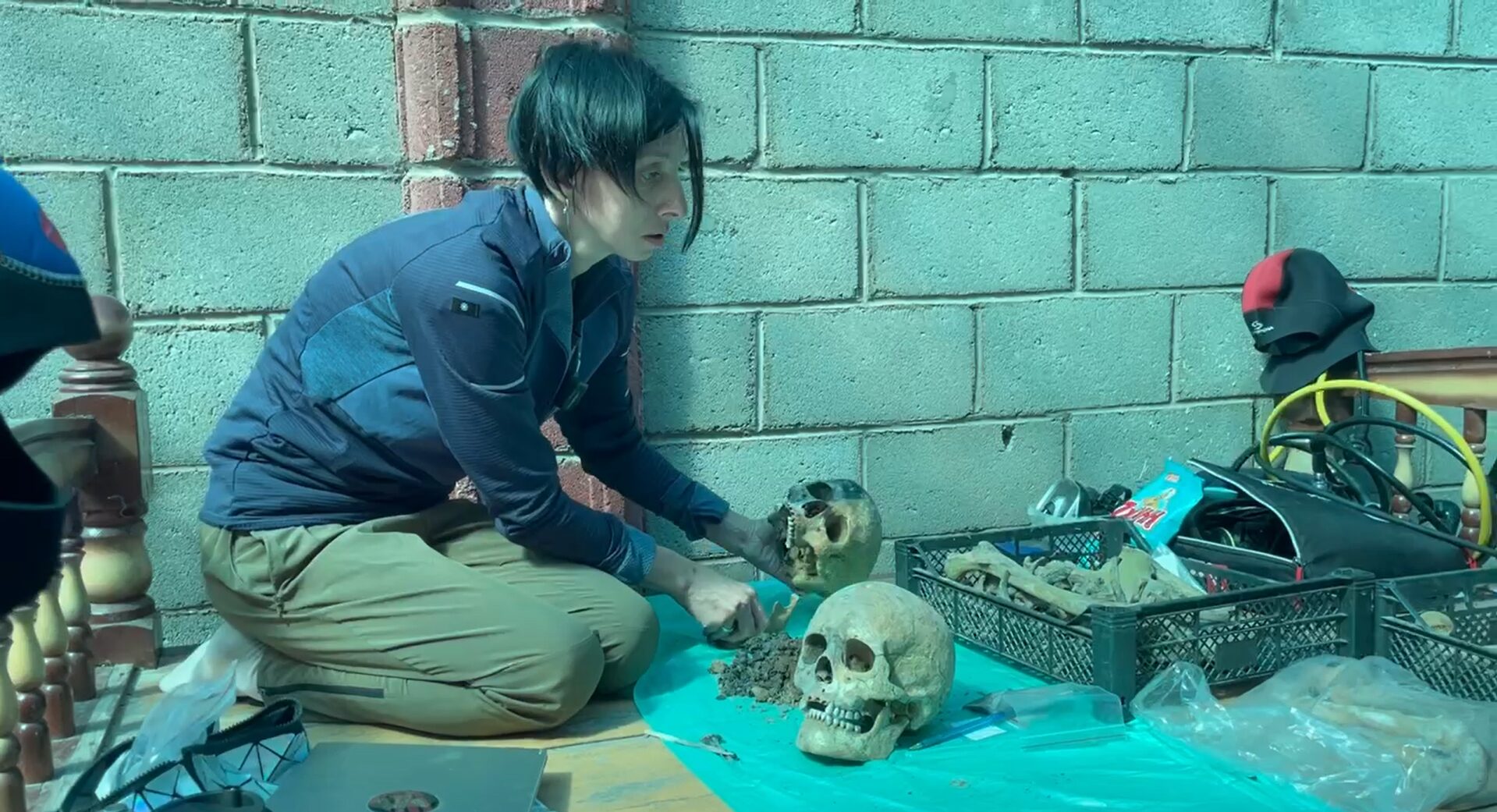
One of the team’s archaeologists presents the two skulls retrieved from the necropolis at Toru-Aygyr. Photo: Russian Geographic Society
Life along the Silk Road
The rest of the discoveries so far in Toru-Aygyr may not be as existential as the necropolis, but they offer valuable insights into life in Kyrgyzstan nearly a millennium ago. The remains of an ornately decorated building, for instance, hint at village social life. The archaeologists suspect it to have been a mosque, a madrasa, or a bathhouse.
They also found a millstone, many ceramic fragments, and an intact grain-storage vessel known as a khum. This last was embedded into the bottom of the lake, and the team will return in the future with specialized equipment to extract it.
Nearby, they found more burial sites outside the main necropolis. These burials appear to date from before Islam became the dominant religion, and indicate continued occupation of the settlement for many centuries.
“In the 10th century, the Kara-Khanid State was formed on this land,” said expedition leader Maksim Menshikov in a press release. “People here practiced various religions: pagan Tengrianism, Buddhism, Nestorian Christianity. The ruling elite often turned to Islam throughout their rule, but this religion became widespread in Central Asia only in the 13th century.”

Nowadays, Lake Issyk-Kul is a tourist area. Photo: Shutterstock
One unsolved mystery at Toru-Aygyr is when and why it was abandoned. By the time the earthquake submerged the settlement at the beginning of the 15th century, its occupants had already left. Finding out why will take detective work through primary sources. The team hopes that Chinese records from the time may hold secrets.
“The Chinese considered this territory a zone of their interests, but they could not control it,” said Menshikov. “Nevertheless, we see that this location is reflected in Chinese sources. This gives us hope to correlate historical materials with the results of our excavations.”
